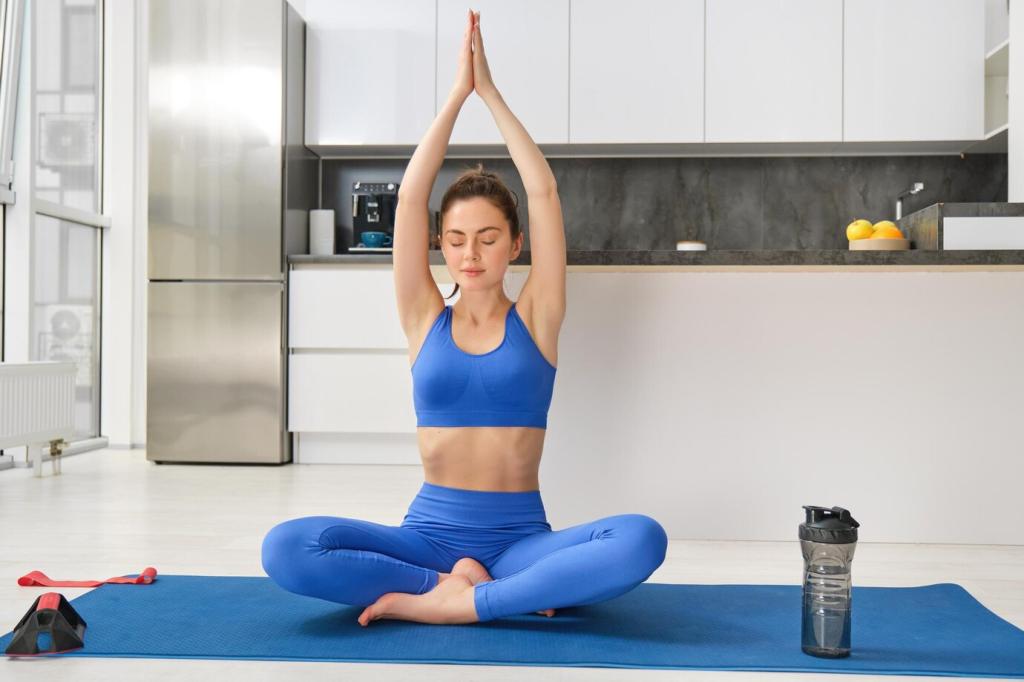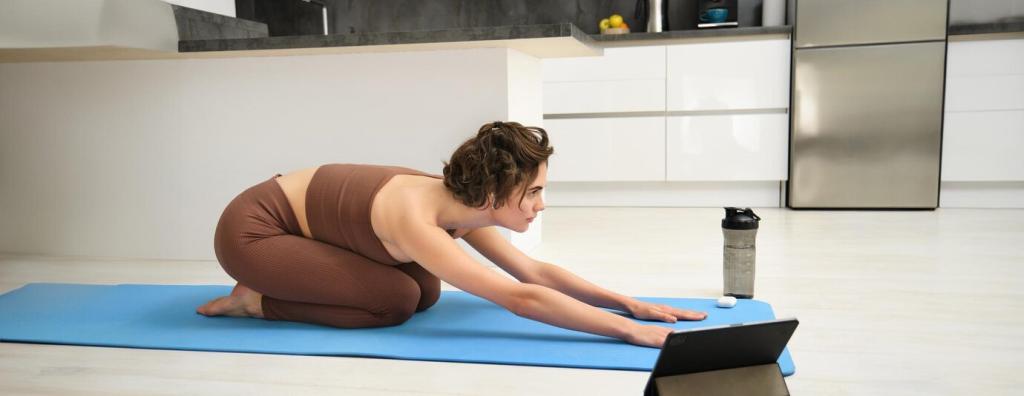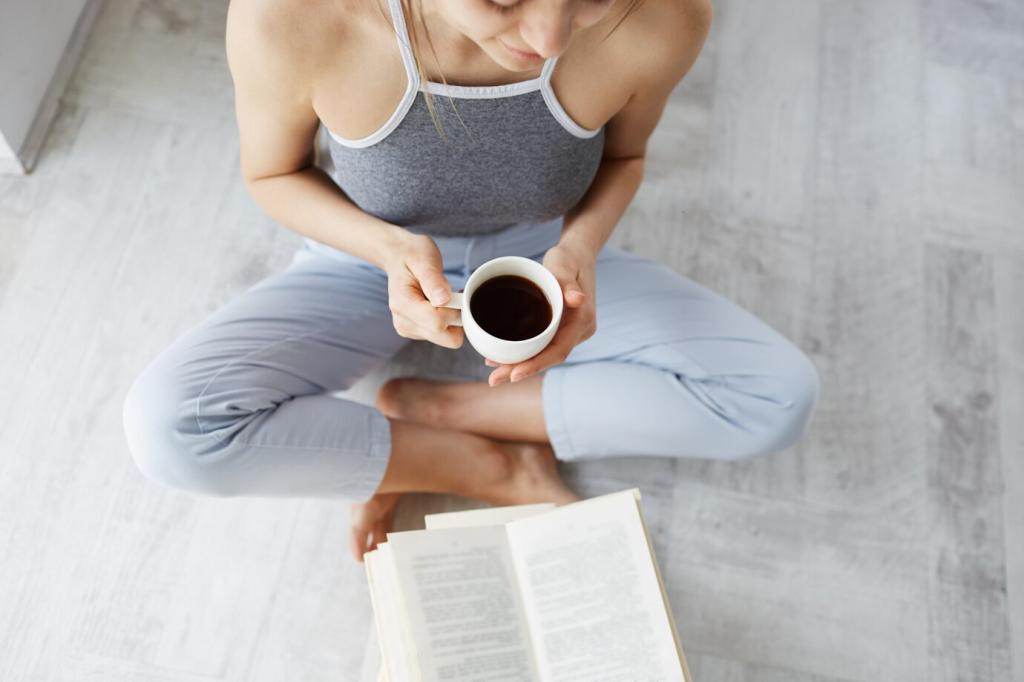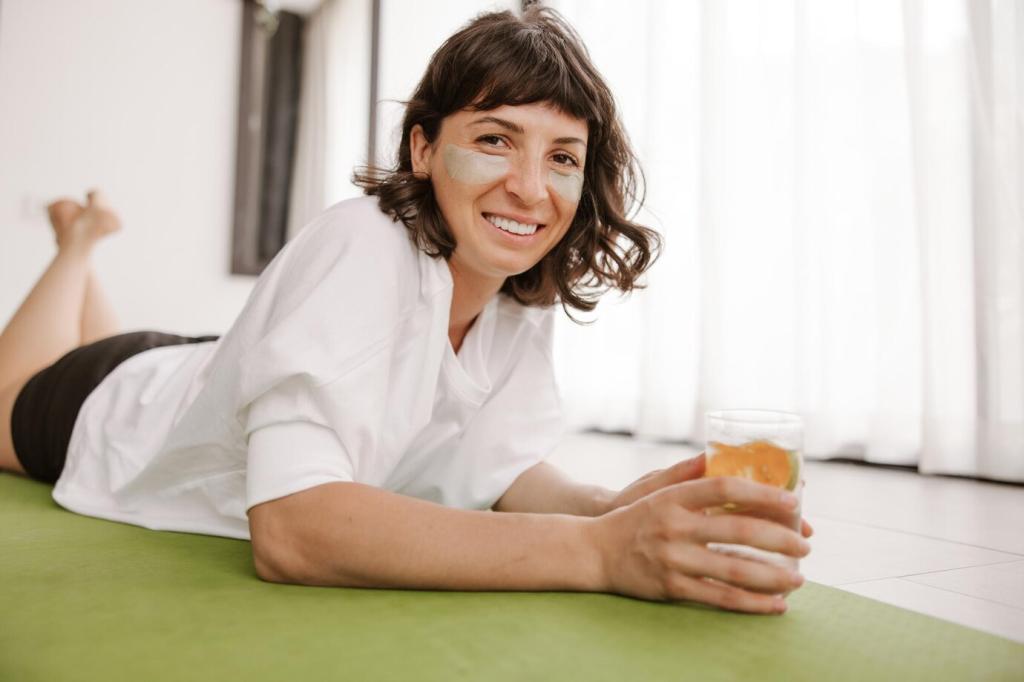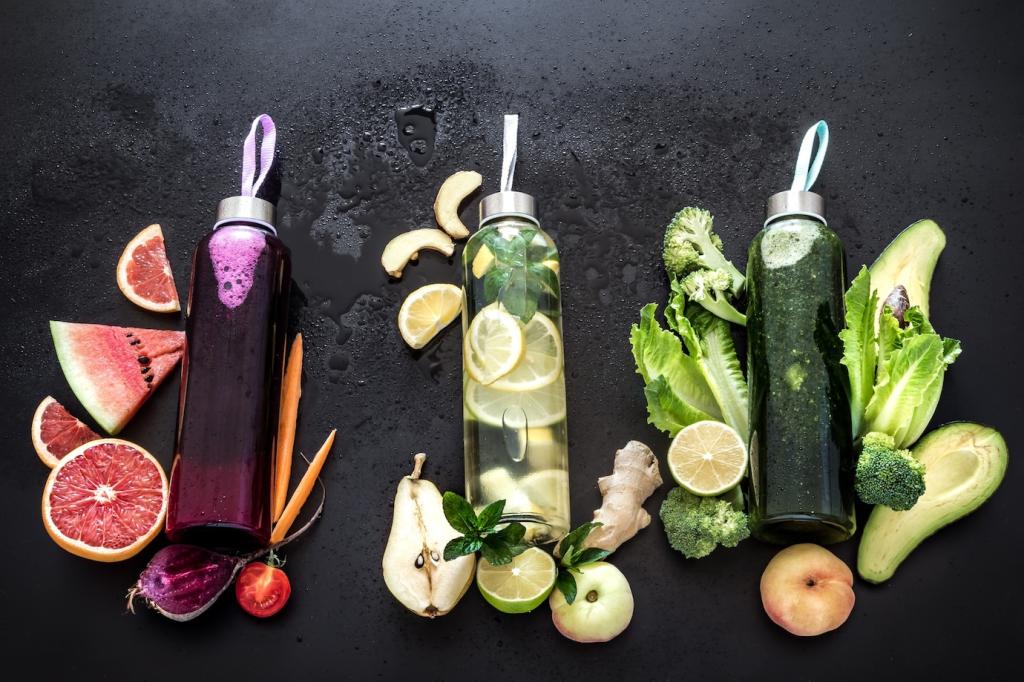Post-Practice Rehydration and Recovery
Take steady sips during the first hour after class, rather than pounding water at once. Your system absorbs better gradually, and you will avoid that heavy, bloated feeling that can follow an enthusiastic chug.
Post-Practice Rehydration and Recovery
Snack on oranges, cucumber, watermelon, or yogurt with a light pinch of salt. These foods provide fluid, minerals, and a gentle energy lift, complementing water or an electrolyte drink without overwhelming your digestion.

